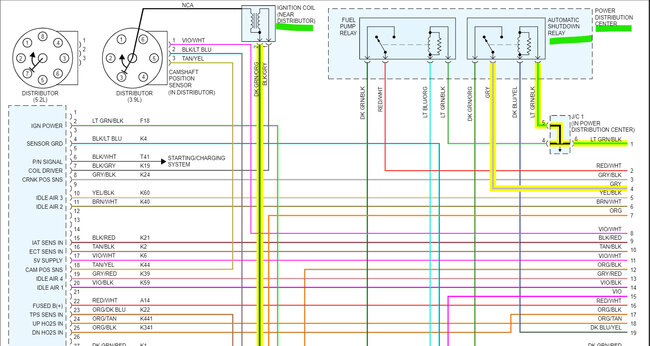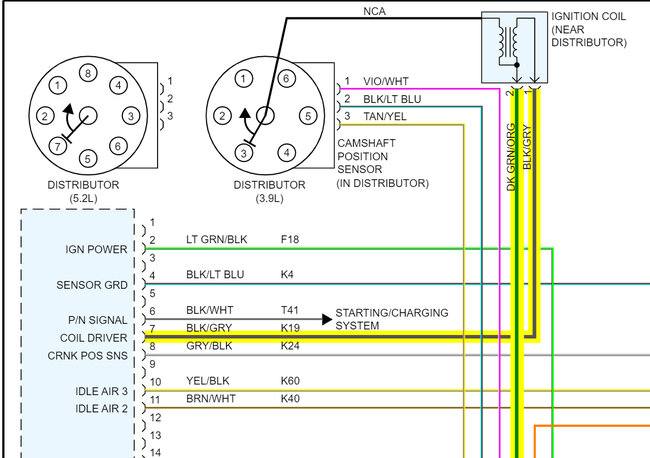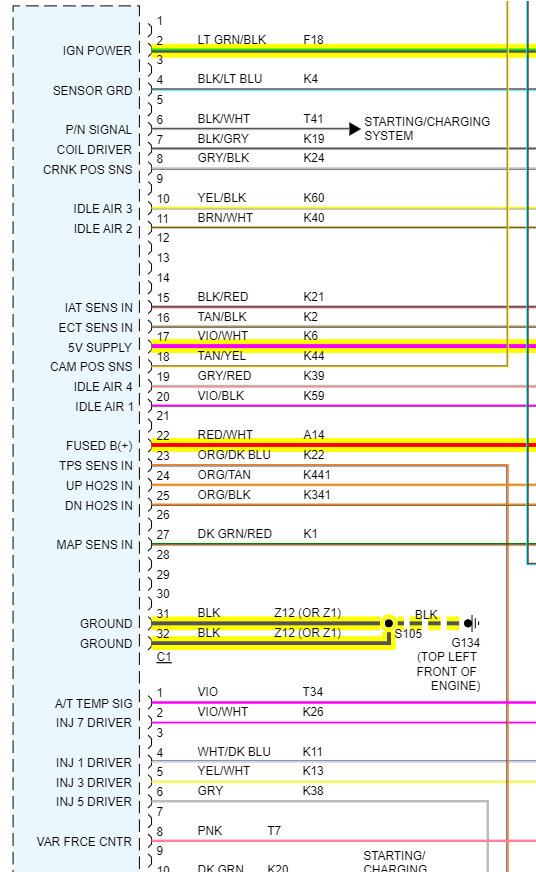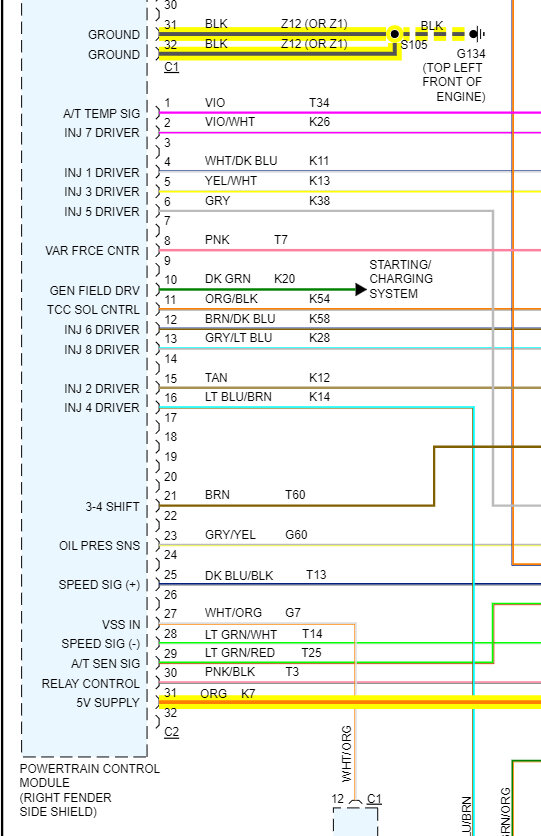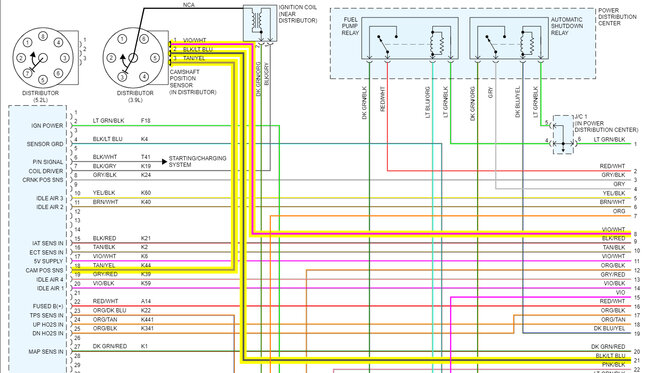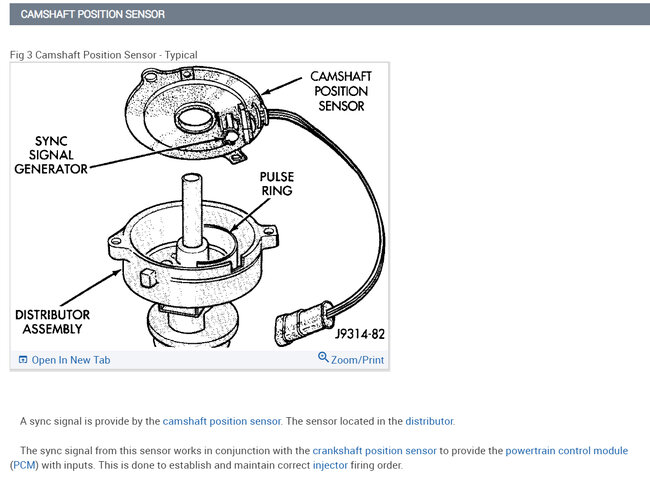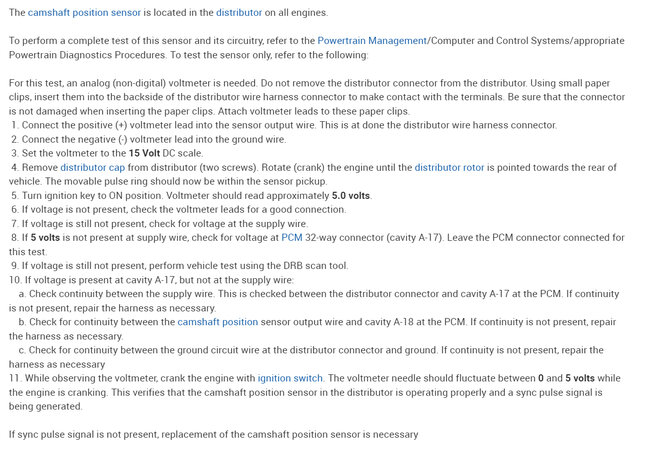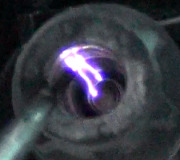Hello, have you tried swapping out the Auto shutdown Relay? It powers up pretty much everything. I would take it out and inspect the pins on the relay for any signs of heat buildup, discoloring or darkened pins. Then check the female pins where the relay lives for corrosion.
If it looks ok from up top take a look at the underside of that fuse/relay box. Also check any bulk connectors for corrosion (white or green crusty build up). I'll pull up the wiring diagrams so you can check the pins for power and ground during your no start condition. Also check the Ignition coil for power and control. This can be done with a 12v test light.
A crank sensor would have been my first thought too, so we'll check a few other things now that you have replaced it. Also does the check engine light come on when the no start is happening.
If you pull the automatic shutdown relay out, with the key On, 2 out of the 4 pins should have 12volts on them. This relay powers all the fuel injectors, the Ignition coil and a bunch of other components.
At the Ignition coil the Dark Green wire with an orange stripe (dark green/orange) should have 12 volts and so will the control wire black/grey until the truck is cranked over. With a test light hooked to battery positive while cranking the black/grey wire should flash dimly. Thats the engine computer controlling the coil. You can do that same test on the fuel injectors if you don't have a set of node lights.
Also check the inside of the Distributor cap for any wear or burn marks, when the failure occurs are you getting spark directly out of the coil?
Another check to do during the no start is to see if the engine computer is getting power and ground, if there is no Check Engine light during this period the computer is not being powered up. Diagrams below, 3 and 4 are the computers power and grounds, as well as the 5 volt reference that the camshaft sensor that is inside the Distributor uses.
The Violet/White wire is the 5volt feed to the Distributor, the black/light blue wire is the sensor ground and the tan/yellow wire is the signal to the engine computer (ECM),
The cam sensor on the vehicle is a hall effect sensor, so it is going to produce a 0 to 5volt square wave signal. This is not a signal you can catch with a test light or multimeter being that its only 5 volts. You can try a test light and see if there is a very dim pulse. but it would be difficult to see.
https://www.2carpros.com/articles/how-to-use-a-test-light-circuit-tester
Images (Click to make bigger)
Tuesday, October 4th, 2022 AT 10:52 AM
